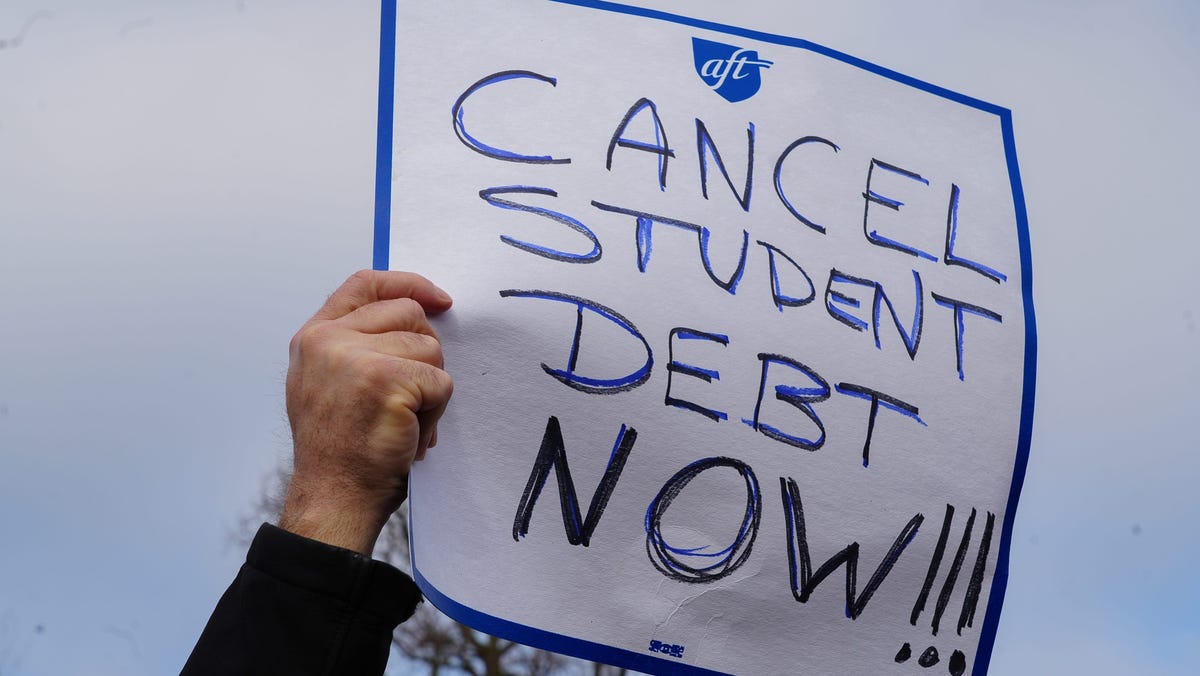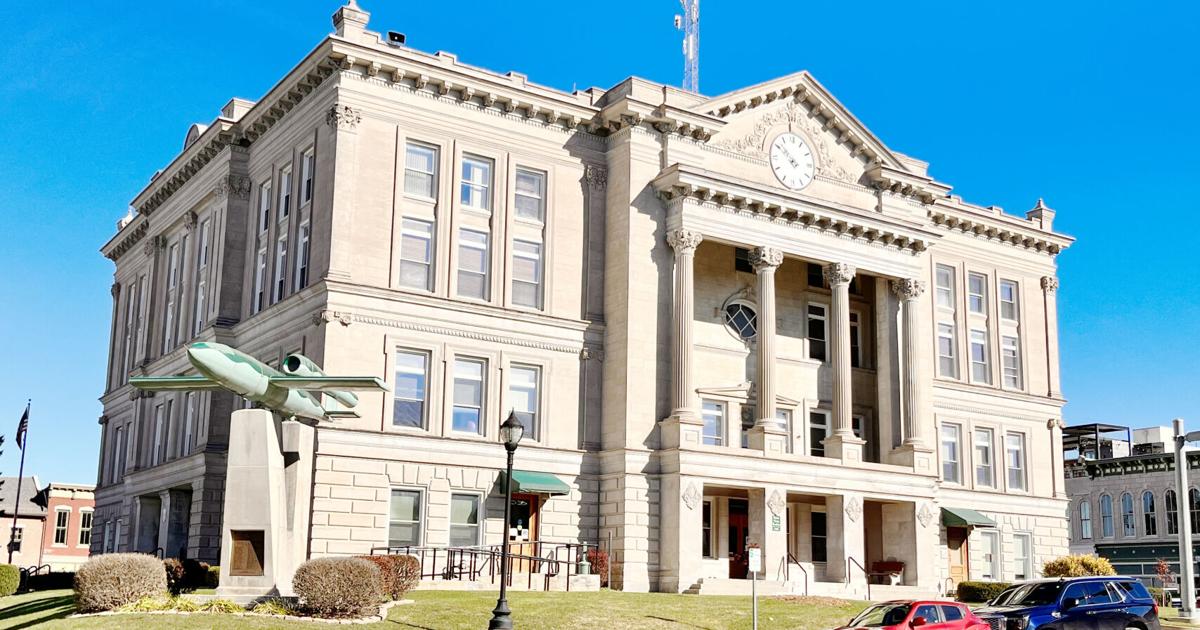

How will Trump’s new spending bill affect student loans?
President Donald Trump’s newly passed spending bill is set to overhaul the federal student loan system.
unbranded – Newsworthy
Student loan forgiveness has restarted for a small number of Americans, according to experts.
The Education Department said in July it suspended forgiveness for Income Based Repayment plans to update its systems to accurately account for qualifying monthly payments. The IBR plan cancels outstanding loan debt for borrowers after they’ve made 240 or 300 monthly payments – or about 20 to 25 years of payments, depending on the age of the loan.
Updates are being completed, and eligible borrowers will have their loans forgiven over the next several months unless they opt out, experts said. The Education Department hasn’t announced the debt cancellations, but industry experts report seeing and hearing about emails from the department in October notifying borrowers.
News of a “trickle” of forgiveness is good, but “the big picture remains – hopes of global loan forgiveness have been dashed,” said Stacey MacPhetres, senior director of education finance at EdAssist by Bright Horizons, which provides educational advisory services to organizations and families.
How do you know if your student debt will be forgiven?
If loans are eligible for forgiveness, borrowers should receive an email saying so. “As always, borrowers are encouraged to be sure their contact information is accurate and updated with Federal Student Aid and with their loan servicers,” for this and other reasons, MacPhetres said.
The email should also allow borrowers to opt out of forgiveness. If borrowers want to decline forgiveness, they should contact their loan servicer, MacPhetres said.
Otherwise, the Education Department will forward discharge information to loan servicers after Oct. 21, and loan servicers would then process the discharge, she said.
Who is eligible for student debt forgiveness?
Borrowers must be enrolled in the IBR plan and have made 240 or 300, or about 20 to 25 years’ worth of monthly payments, to be eligible. Loans taken before July 1, 2014, must have 300, or 25 years, of payments. Those taken after require 240, or 20 years, of payments.
IBR is one of four repayment Income Driven Repayment plans that consider your income to determine the monthly payment amount. The other three IDR plans are: Pay As You Earn, Income Contingent Repayment and the Savings on a Valuable Education, or SAVE.
Payments on the other three plans are only counted toward forgiveness if the borrower enrolls in IBR, the department said.
Will the government shutdown affect forgiveness?
The government shutdown has already suspended the American Federation of Teachers’ class action lawsuit accusing the Trump administration of slow walking student loan forgiveness.
Department of Justice attorneys aren’t allowed to work on the case during the shutdown, but the AFT is pushing for proceedings to resume as soon as possible to prevent delays that could affect borrowers’ taxes. The American Rescue Plan Act of 2021 exempted student loan forgiveness from federal taxes until the end of 2025.
“It really is urgent for those borrowers who are already entitled to have their loans canceled to make sure that cancellation does get processed before the end of the year,” said Persis Yu, Deputy Executive Director and Managing Counsel at the Student Borrower Protection Center. “Otherwise, they could face thousands of extra dollars in tax liability.”
If student debt forgiveness is pushed into 2026, federal taxes apply again as well as any state taxes.
Why would a borrower opt out of student loan forgiveness?
MacPhetres said she’s heard some borrowers may consider opting out of the discharge to avoid tax liability. “But those who opt out will be required to continue repaying their loans,” she said.
Student loan forgiveness is exempt from federal taxes through the end of the year, but some states could still tax it.
How many Americans will receive student loan forgiveness?
A firm number’s hard to gauge, but it’s likely small, MacPhetres said.
About 2 million Americans are enrolled in IBR plans, and only a subset of borrowers is eligible, she said.
Medora Lee is a money, markets and personal finance reporter at USA TODAY. You can reach her at [email protected] and subscribe to our free Daily Money newsletter for personal finance tips and business news every Monday through Friday morning.
link






